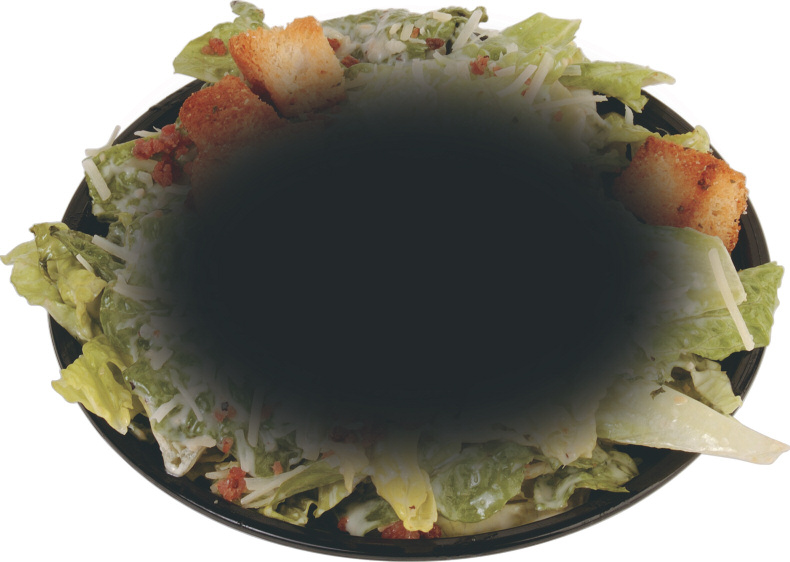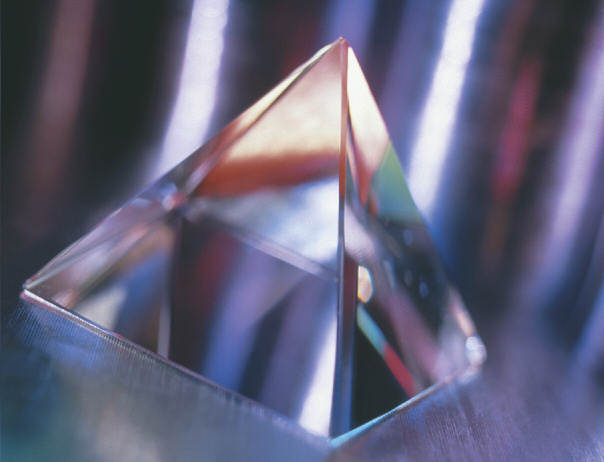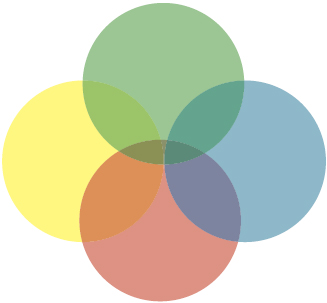The ageing eye and colour

- Colour vision deteriorates from the age of 20 onwards
- Normally over the age of 50+ the lens of the eye starts to thicken and turn yellow
- Generally an elderly person's vision will be like looking through a yellow filter, a bit like looking through some ginger ale
- This yellowing of the lens makes differentiating shades of green and blue harder, but shades of red and yellow easier to distinguish
Environment

In general everything should be kept as simple as possible. E.g. walls and flooring should be bold and muted rather than bold patterns etc. The same applies for curtains, bedding etc. All rooms should be well lit with numerous light fittings spread throughout the room and a daylight lamp at the bedside or desk.
At I Matters we provide eyecare in the comfort of your own home. I Matters Eye Care has a wealth of experience in the optical industry, providing professional eye care tailor made for each of our patients needs. The latest in portable equipment is used to provide eye care at its highest clinical standards.
We offer tests for:
- Cataracts
- Glaucoma
- Diabetes
- Macular Degeneration
- And other conditions
What is dementia?
There are different types of dementia but in simple terms, dementia is when damage occurs to brain cells causing:
- Memory loss
- Mood changes
- Small Strokes
- Communication problems
- Difficulty understanding and carrying out daily tasks
- And others
Many illnesses can cause dementia but physical injury is one known cause of memory loss problems due to:
- Shortage of vitamins
- Liver, kidney and thyroid problems
- Urine and chest infections
Depression in the elderly can cause symptoms similar and consistent to dementia. However, the symptoms are actually caused by depression and are treatable with anti-depressants.
How is dementia linked to the eyes?
The brain is linked to the eyes via the optic nerve, so any damage caused to the brain as a result of dementia also leads to damage of cells in the retina of the eye; therefore people with dementia tend to have vision which deteriorates quicker than normal, causing reduced vision which in turn causes:
- Increased risk of falls
- Difficulty with daily tasks
- Loss of visual field
Loss of visual field can be divided into 2 categories:
- Loss of visual field as a result of stroke: E.g. if a food plate is on the left which is the same side of loss of
visual field then they will not be able to see it, therefore the plate needs to be moved to the right side and vice-versa depending on
the type of visual field loss.


- Loss of visual field as a result of macular degeneration: This occurs when the patient can only see around the edges,
peripheral vision. Since people with dementia have decreased vision good lighting is essential.

What do we mean by good light?
- Good lighting means increased levels of light and the use of good daylight when possible
- Avoid energy saving bulbs as they can reduce light levels leading to increased risk of falls, especially around areas near stairs etc
- Spread light fittings, e.g. spreading the light throughout the room instead of one strong light in the centre of the room
- Avoid sudden changes in light as it takes longer for people with dementia to adjust to changes in light
- Use a daylight lamp for reading and close work activities
What do we mean by dayight?
- It costs nothing
- It gives better colour vision
- Increases vitamin D levels and promotes better sleep at night
Dementia and colours

BLUE
- Restful
- Calming
- Increases apparent size of room
- Blue physical environment shown in some cases helps reduce blood pressure. E.g. Holiday: sunny, blue sky reduces stress and promotes relaxation

RED
- Stimulates adrenaline into the blood stream
- Increases apparent temperature of room, therefore good for cool rooms
- Reduces apparent size of room
GREEN
- Associated with life
- Promotes rest and calm
- Increases apparent size of room
YELLOW
- High visibility colour
- Good for signs and directions
- Increases apparent size of room
